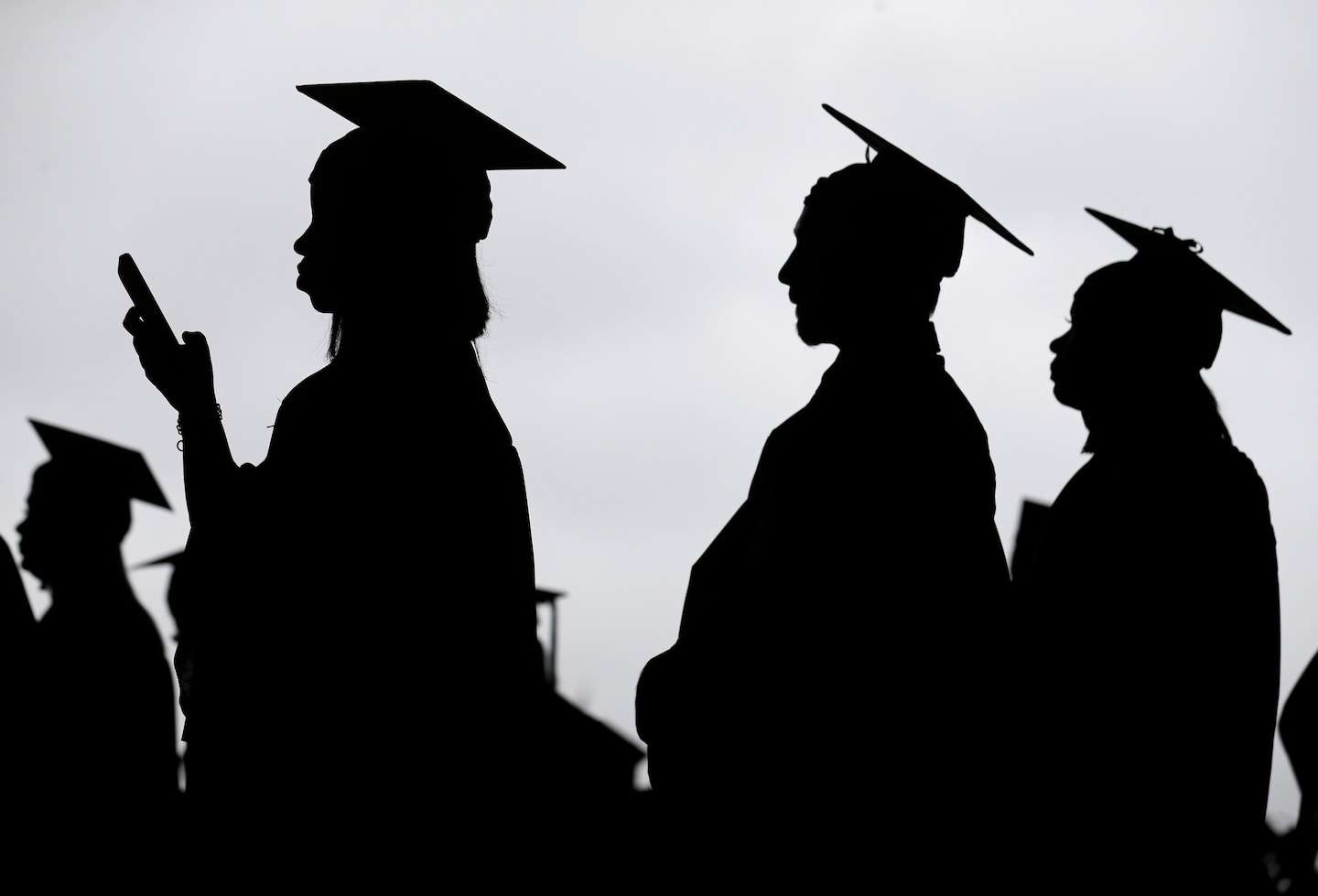All three of my 20-something children are living at home.
Most Americans believe the American Dream’s out of reach for their kids

On paper, these young adults are prepared to be on their own.
The reality of financial independence is far different. And if you ask, most Americans would say the outlook for the next generation is bleak.
Only 42 percent of U.S. adults think it is very or somewhat likely that today’s youths will do better economically than their parents, according to a new Gallup poll. That’s an 18-percentage-point drop since June 2019, Gallup noted.
“Americans have as little optimism as they have had at any time in nearly three decades about young people’s chances of having greater material success in life than their parents,” Gallup said in releasing its data.
The lack of optimism is understandable.
Inflation is at a 40-year high. There’s fear the economy might head into a recession. The pandemic is still causing supply chain issues, pushing prices up on food, clothing and other consumer goods. Housing prices are insane in many large cities where young adults want to live. The Federal Reserve’s fight against inflation has sent mortgage rates to their highest level in 20 years.
Because young adults tend to be lower on the wage scale, the high cost of living can take an outsize toll. Monthly rents in many areas can eat up half or more of their take-home pay. Inflation has only made things worse.
In 2020, 23 percent of U.S. renters spent at least 50 percent of their income on housing, according to the Census Bureau.
My husband and I encouraged our children to choose the financial safety of their childhood home over the high cost of independent living in the Washington metropolitan area. We don’t charge rent in exchange for their saving more than half of their annual earnings.
It’s an economically strategic plan that allows them to contribute to retirement plans, build healthy emergency funds and save for a down payment for their own homes.
If all goes as we planned, our children will be better off when they launch than we were in our 20s.
That’s what most parents want, right? For their children to have a better standard of living, one with a decent cash cushion when life happens.
When it comes to saving for the future, paying for college, buying a home or finding a job, most Americans say young adults have it harder than their parents’ generation, according to a Pew Research Center survey released this year.
We know that homeownership is a huge contributor to household wealth.
In looking at data from more than 960,000 users of its platform, LendingTree found that the average down payment based on a 30-year, fixed-rate mortgage on a home across the nation’s 50 largest metro areas was over $62,000. Of course, down payments can vary depending on location. But none of the metro areas had an average down payment of less than $38,000, according to LendingTree’s analysis.
The Pew survey found that 84 percent of adults younger than 30 say buying a home is harder for young adults today. Among those ages 30 to 49, 72 percent say buying a home and paying for college is harder for young adults today, according to the Pew survey.
This is why multigenerational living makes economic sense.
A quarter of U.S. adults 25 to 34 lived in such households in 2021, up from just 9 percent in 1971, according to another Pew survey.
“Multigenerational households can have financial advantages,” Pew said in a July report. “Pooling financial resources means that family helps out in hard times.”
In 2021, the share of people in poverty during the previous year was lower in multigenerational households for White, Black and Hispanic Americans, Pew reported.
Shared housing can give young adults a chance to develop the vital habit of saving early. Being in the financial position to save early on can make a huge difference in their ability to build a safety net for their retirement. If young adults are struggling to make ends meet, they won’t save, because they can’t afford to do it.
Only about half of millennials 24 to 39 own at least one type of retirement account, according to census datareleased this past summer. The earlier young adults start investing, the better likelihood they have to accumulate substantial retirement savings.
Young people: Go home. Or stay home, if you can. Parents, grandparents, aunties and uncles: Welcome them, if you can.
Multigenerational living is one answer to the pessimism that the next generation won’t do better. Done right, with goals, checks and balances, it’s not about coddling grown folks. It’s about cost-cutting and the impact that can have on wealth-building for their futures.






